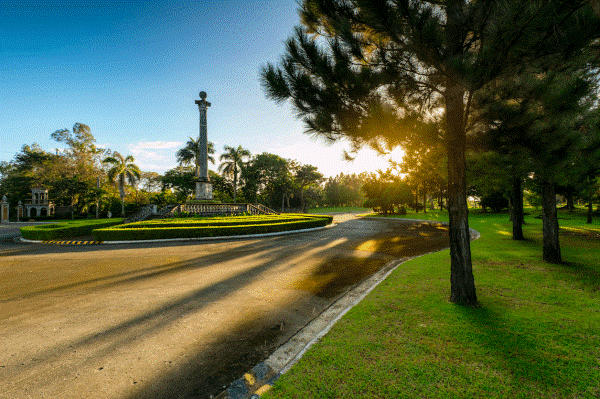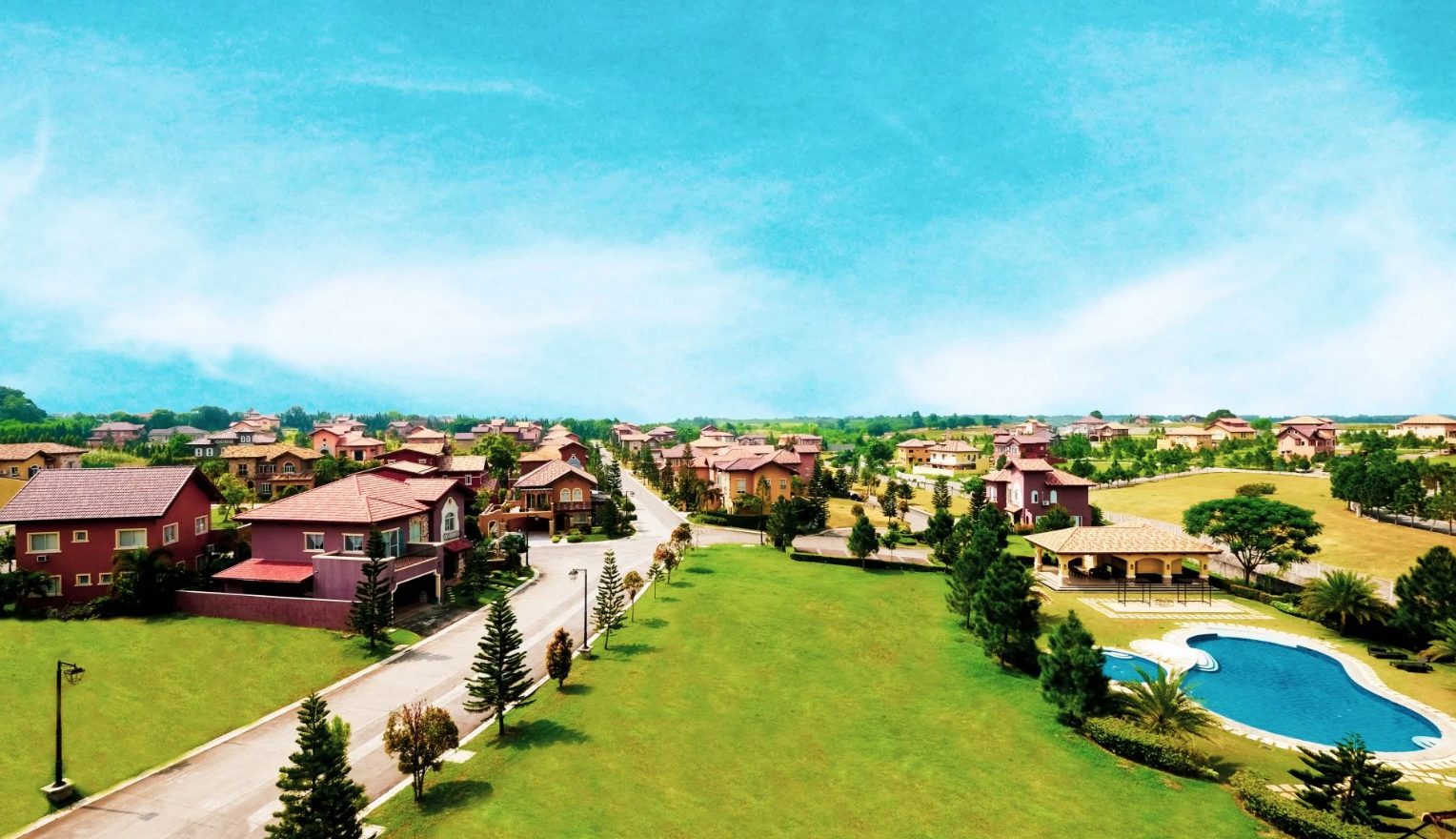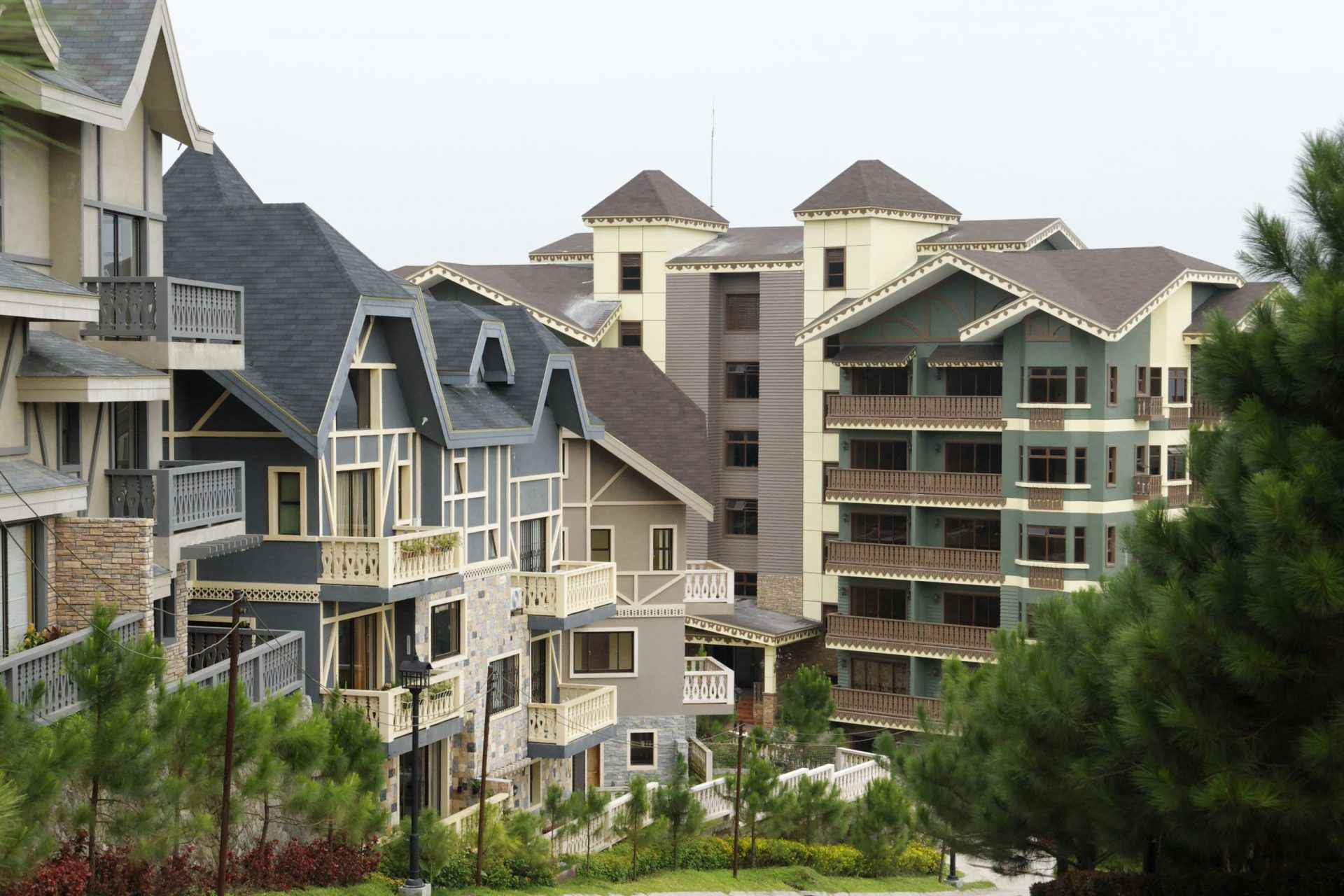BLOGS
Turn Your Home Into A Safe Place During Heavy Rainfall
A little rain can be beneficial for us; it stands to benefit our farms, lawns, and shrubs. It isn’t in any way a cause for alarm. Nevertheless, severe storm forecasts may pose a concern, including heavy rain, drowning those flower beds, changing our yard into a puddle, and ruining the crops. When there is heavy rainfall caused by severe weather conditions like typhoons and thunderstorms, do you mind preparing your house to be a safe place?
Rainfall has led to localized flooding in various places, especially in the Philippines, where typhoons and other weather-related factors cause floods every year. In our country, we must ensure that our house is a safe place to stay, especially during the rainy or typhoon season. We must decide what is most important, and providing a safe environment for our family is our main priority. Let us help you prepare everything you need to do so that your home will be ready when the rain pours.
Definition of Home
According to the dictionary, the meaning of the word home derives from our safe place. This reflects a sophistication grade. The complexity is taken into account while assigning grades in sentences. A location that people, families, and households or apartments frequently use as a home or other form of habitation. Locations where domestic love is prioritized. Institutions for people who are physically or mentally ill or who have disabilities. A spot where animals may live. A place where it possesses native traits that are typically found throughout.
In the past century, Old English hām was used as a word for home. It word comes from Proto-Indo-European *ḱei-, Proto-Indo-European *ḱoy-, and later Proto-Germanic *hazmat.
Historical Background and Scientific Foundations
The hydrological cycle, in which water moves from the earth beneath, over, and above the surface of the world, depends critically on rainfall. The storage of a significant amount in glaciers and ice is part of the cycle, which is primarily based on oceans, the subsurface, lakes, and streams. After evaporating from the container, moisture condenses into clouds that travel over various distances before raining down on Earth (or another form of precipitation). When water hits the planet, it travels to storage areas, where it begins a fresh cycle. On Earth, most oceans either never formed at all or disappeared over millions of years.
What is the meaning of a safe place?
The phrase “safe place” is a safety area that often refers to a location or setting where we feel secure, and that should be in the comfort of our own home. To make your home rainfall-ready, consider the following steps:
-
Inspect the roof and choose the right one for your house.
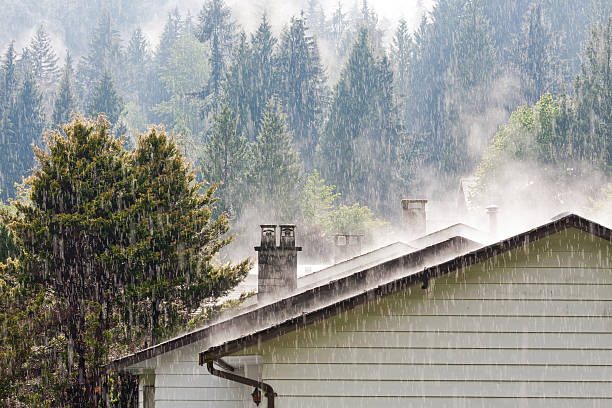
Start by checking your roof. Inspect to see that the surface of your roof is in good condition and that there isn’t any obvious possible exposure or damage. Look for cracked or drooping chimneys, missing tiles or shingles, sagging edges, and other signs of damage. If you notice any of these, it is best to call a professional right away to have them look over it and repair it, if not completely cover it.
Look for a product with a high fire rating or exceptional wind resistance in places vulnerable to storms or wildfires. Additionally, measures can be taken to increase the resilience of various types of roofing to wind or fire during installation. Having a strong roof over your house or apartment plays an important measure in making your home a safe place.
Suggested Read: 4 Tips For Choosing The Right Roof For Your House
-
Place the rain gutters perfectly.
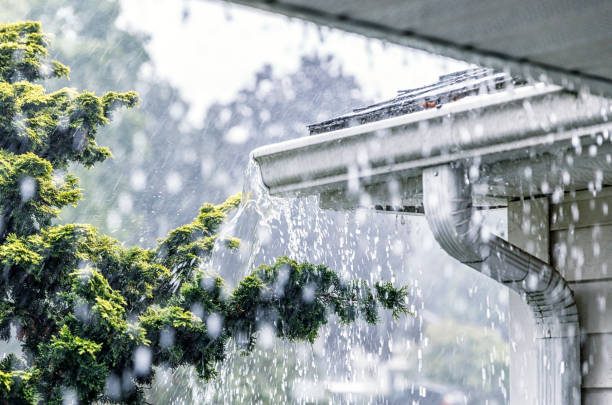
To prevent any leakage in your home. The next step is to clean your gutters. Rainfall will start to collect in difficult spots if your gutters are not cleaned properly, which can lead to issues with your home. Make sure your pipes are pointed away from your foundation as well. Water can enter your home through basements or foundation cracks if rainwater collects against the foundation. Even a small amount of leakage can result in mold growth or weakening foundation stability, which might be problematic in the future. The gutters’ intended purpose is to move water away from your foundation, but this won’t happen if they aren’t regularly cleaned. If cleaning your gutters of debris and leaves regularly is a problem, it might.
-
Build the path of drainage to prevent debris on the street drains.
If you reside in a city or rural area, make sure that your place has a few trees near the drainage to prevent clogging. Clean the surface and make sure that there is no debris clogging the street drains. Although it is the responsibility of the city to inspect the grates, cleaning trash from them can help to safeguard your home from water leakage and sewage backup problems during a severe downpour.
Suggested Read: How to Achieve Better Yard Drainage
-
Create a storage area for your valuable items.
The next step in preparing a safe place in the exterior part of your house for severe rainfall is to secure any important things you may have outside. During periods of heavy rain, patio furniture, gardening equipment, and barbecues are vulnerable to damage. Begin by keeping your belongings in weatherproof storage. However, not everyone has access to a shed, so the next best option seems to be to store stuff within your house, ideally not in the basement. If your barbecue is going to be outside, make sure it is securely fastened so it won’t blow away or topple over. It should also have a securely fixed cover to keep the rain from damaging or destroying it.
-
Put a sump pump.
In placing it, think of your drainage or sewage as an example for looking at a location. The water from the sump pump should be directed to a dry well, a creek, a pond, or a nearby drain. A drain point should not be placed where water will return to your house. It is best to verify some places that have buildings where your sump pump can discharge. Assure it is functional and run a few fast tests on it. To guarantee that your sump pump will function even if the power goes out, we also advise bringing a battery generator.
Suggested Read: How to Install a Sump Pump
If you are looking for a safe and luxurious house for your family, visit Vista Alabang, as it offers amenities, locations, neighboring establishments, and landscapes that are proven sturdy during heavy rains and flood-free, which makes it stand out from other Daang Hari luxury houses and lots. It is the best place for your children and for you to have peace of mind when the rainy season comes. Browse through our website to see all the luxury properties you can consider. Stay updated by following us on LinkedIn and Youtube.
Worldwide Average Annual Rainfall
The average annual precipitation across the entire planet is roughly 100 cm (39 inches), yet it is distributed rather unevenly.
Average Rainfall in the Philippines
The climate in the Philippines is warm and tropical, with high temperatures and significance. According to researchers, The country receives about 2,348 mm of rain each year. Nevertheless, the amount varies widely, ranging from 960 mm in the southeast region in Mindanao to more than 4,050 mm in the central region in Luzon, with an overall rainfall rate of approximately two thousand milliliters.
What are the effects of warm air in your area?
The temperature has an example impact on airflow, which in turn has an impact on the movement of air pollution. The Earth’s surface absorbs energy from the Sun, making air close to the ground warmer than air higher up in the troposphere. The surface’s warmer, lighter air rises, while the higher troposphere’s cooler, heavier air sinks. Convection is the process through which contaminants are transported from the ground to higher elevations.
The Persistence of Extreme Rainfall
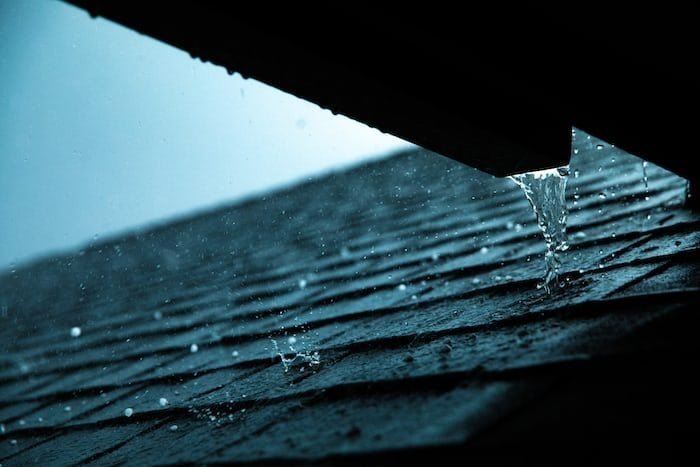
A team of researchers looks into the causes of the recurring rainfall events that occurred in the Antarctic Peninsula during austral summer from 1980 to 2017 based on a study. The increase in rainfall is concentrated over the Antarctic during the periods because of the topography’s blocking impact on the warm, humid wind. Positive rainfall anomalies in the western Antarctic can last for several days due to low-frequency changes, which contributes to the endurance of exceptional rainfall events.
Presence of Climate Change in Rainfall Patterns
Climate change affects the cycle of evaporating water and precipitation that’s why we need to ensure our residence is a strong and safe place for your family, especially if you have children.
Today that we experience it, the more for us to be prepared. It is likely causing parts of the water cycle to speed up as warming the global temperatures increase the rate of it worldwide. More evaporation is causing more precipitation, on average. We are already seeing the impacts of higher evaporation and precipitation rates, and the impacts are expected to increase over this century as the climate warms. The truth is the ice from Antarctica begins to melt from its freezing temperature the global warming takedown the normal cycle of our climate today and begins to melt the freezing ice part of the world. Now because of this situation, different countries experience drought, and others experience rainfall in different other forms. The snow ice begins to pile up early, even if it’s still falling. There’s more rainfall that the meteorologist recorded to be produced every year in the specified areas.
Did you notice your wet shirt when it’s sunny? Are you wondering if this is being dried? It is because of evaporation when you hang up a wet towel and come back, it’s dry. You set out a glass of water, and when you look again, the water level has dropped.
Here we explain how it happens, and it affects rainfall through our house:

The earth is a cycle of evaporating, condensation, and rainfall. It occurs from the heat and elevates the water from the ocean, rivers, and also ice crystals from the Arctic part. The moisture was related to going up to form clouds, too much heat, and more water formed. The cycle continues until the droplets of rain begin. Rain will fall, which is why having a safe place in your house will help you stay dry and secure when it rains.
Our home must be a safe place. So when the rainy season: June to November, is about to begin, gear your house up and make it more resilient against rainfall damages. Worry less about the changing seasons because you already know how to prepare your home for heavy rainfall!
Suggested Read: Old But Gold: Why Classic Themed Mansions Are Making A Comeback
Suggested Read: Ideas To Make Your Home Cozier This Rainy Season
Suggested Read: A Life Well Lived: Best Ways To Live In Tagaytay
Suggested Read: 5 Easy Ways For A Rainproof Home
Suggested Read: Defining Swiss Home Interior





